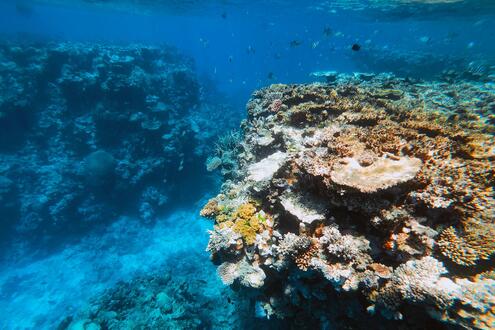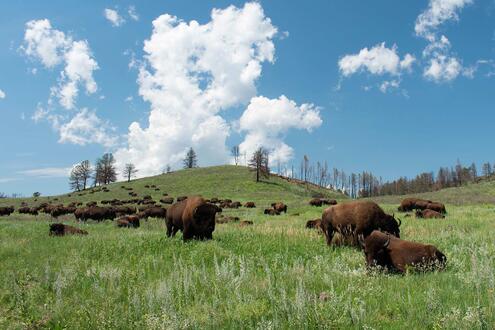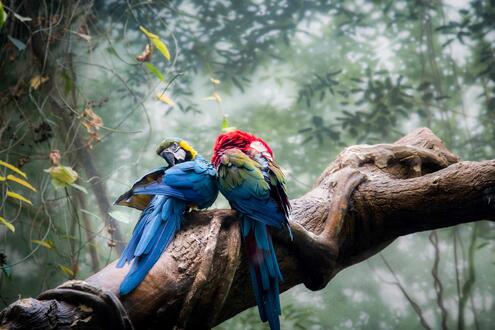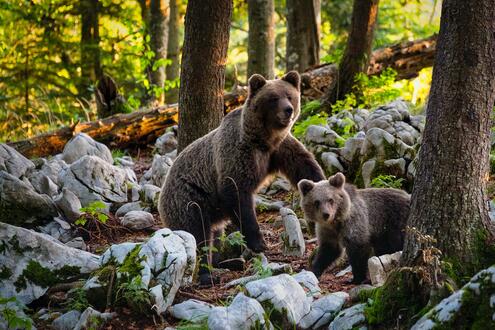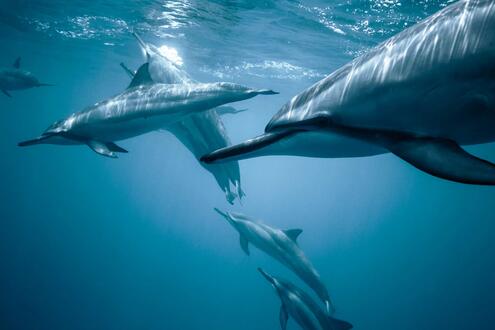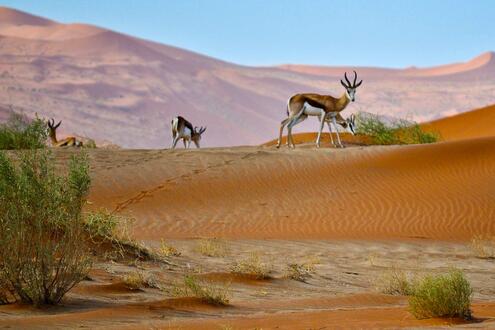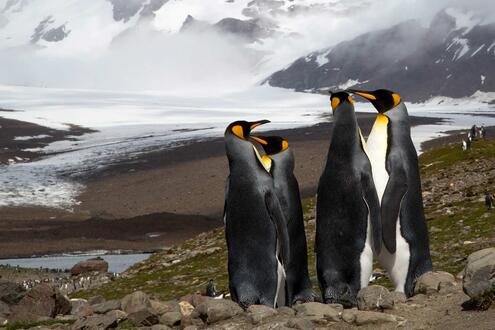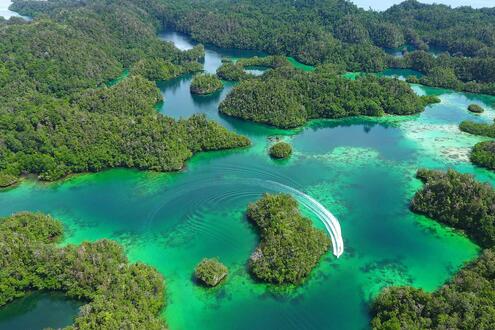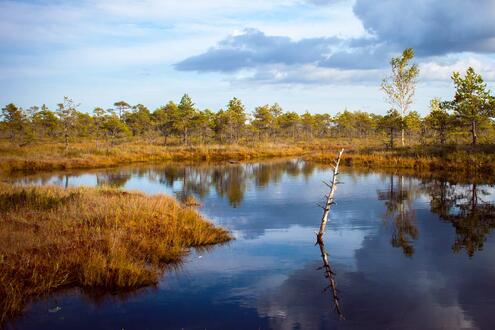BIG IDEAS
What is Biodiversity?
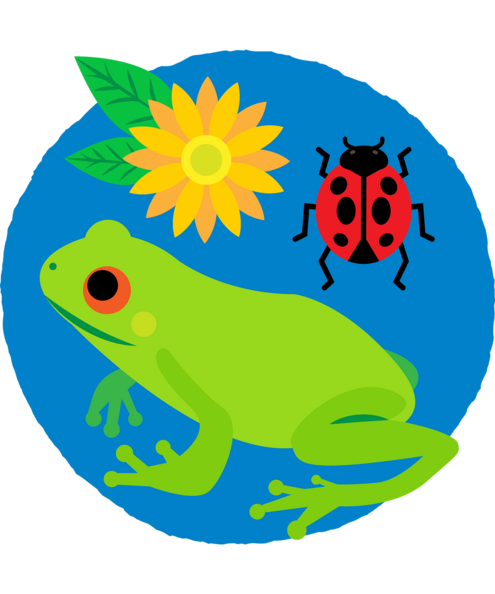

iodiversity is the rich variety of life on Earth. There's variety in genes, variety of species, and variety of ecosystems. Everything is interconnected, or dependent on everything else!
What are the big ideas about biodiversity?
1. Biodiversity is the Rich Variety of Life on Earth
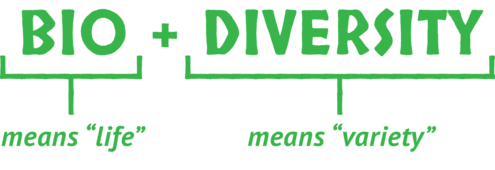
There are three main levels of biodiversity :
Variety of Genes
Poodles, beagles, and rottweilers are all dogs. But they're not the same, because their genes are different. The difference in our genes makes us all different.
Variety of Species
Scientists group living things into distinct species. For example, polar bears, potato bugs, and peanuts are all different species.

These finches, from different species, have beaks with different shapes. Each beak is just right for the type of food that finch species eats. It’s the difference in genes that makes the difference!
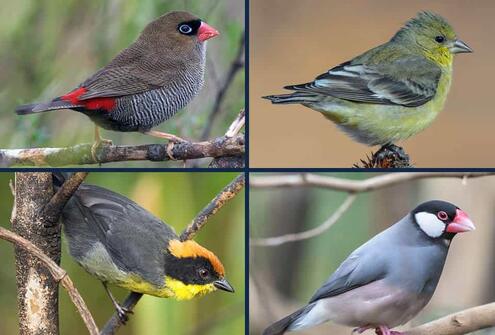
These finches, from different species, have beaks with different shapes. Each beak is just right for the type of food that finch species eats. It’s the difference in genes that makes the difference!
Variety of and Within Ecosystems
Coral reefs
, grasslands, and tropical rain forests are all ecosystems. Each one is different, with its own unique composition of living things.
The variety of genes , species, and ecosystems make up our planet’s biodiversity.
2. Everything Depends on Everything Else
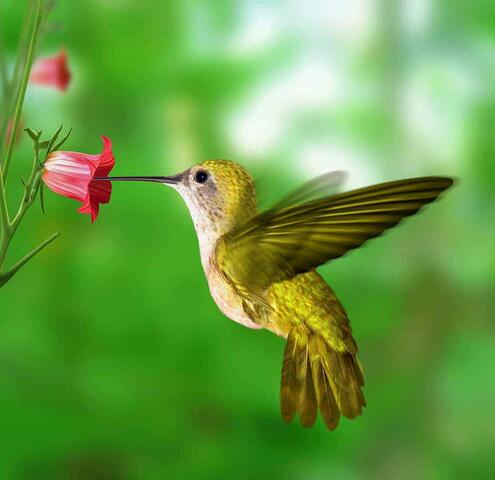
The hummingbird’s beak fits perfectly in this flower to collect its nectar.
Healthy ecosystems need a healthy balance of living things. For example, plants need sunlight, rain, and healthy soil full of nutrients. Insects like bees and ants feed on plants. They also help the plants make seeds by bringing pollen from flower to flower. Animals like deer, rabbits, and grasshoppers eat the plants too. And their poop returns nutrients to the soil, making it a healthy place for plants to grow.
But if there were too many hungry animals, they would eat up all the plants! Fortunately, carnivorous animals like snakes, foxes, jaguars, and even some insects keep the plant eaters in check by eating them.
Our world is like a web made up of many strands, all connected together. Break one connection, and the whole web may change!
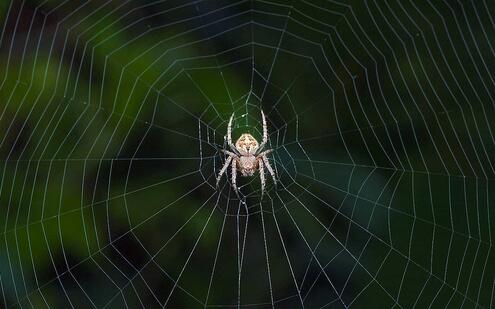
“Interconnected” means connected to one another.
3. Why is Biodiversity so Important Anyway?
We get a lot of benefits from species and ecosystems. They:
provide our food
make oxygen
clean our water
control disease
give us medicine
recycle dead stuff
And biodiversity makes us happy! Who doesn’t feel better after listening to birds sing, going for a walk on the beach, or planting vegetables in a garden? Nature’s diversity makes us write poems, draw pictures, run around, stay healthy, and make new friends!
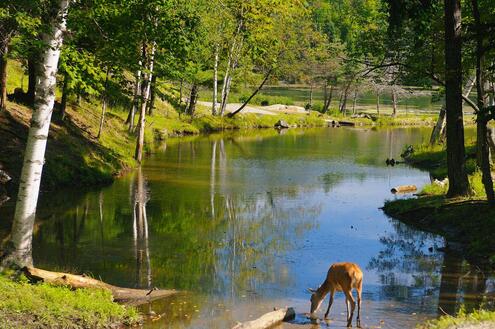
Forests provide oxygen, homes, and goods for people and other animals.
4. Extinction is Forever!
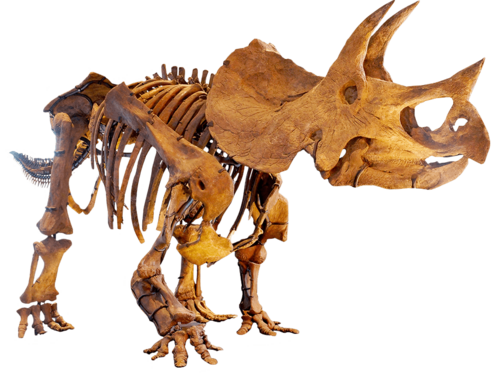
Mass extinctions are when lots of animals and plants go extinct at the same time.
Huge dinosaurs like T. rex and thousands of other animals were part of a mass extinction about 65 million years ago. There's nothing unusual or unnatural about extinction . It's part of life's history. There have been at least five mass extinctions in the past. Today, we are in another period of mass extinction, mostly because of human activities.
Scientists have identified around 1.75 million species on Earth . But there are millions still unidentified, and many are disappearing every day. After they’re gone, we will never know what we’ve lost. Did some of the vanished species hold ingredients we could use for medical cures? Did some provide homes or food for other species, which may starve without them? We're only beginning to understand how complicated all living relationships are!
5. We’re Losing It!
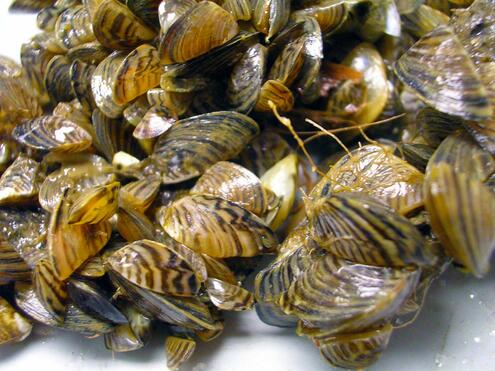
Zebra mussels have pushed out local mussels in the Great Lakes and Hudson River.
More and more people wanting more and more stuff has a BIG effect on biodiversity . The human population is growing very fast. We use up valuable resources, like wood and other plants and fish and other animals, faster than they can be replaced.
Habitats are lost as we take over land for homes, factories, and farms. We overuse pesticides and fertilizers, polluting our rivers, lakes, and oceans. As we move around, we disturb the balance of ecosystems and we introduce species from other places. Some, like gypsy moths, kudzu, and zebra mussels, push out native species.
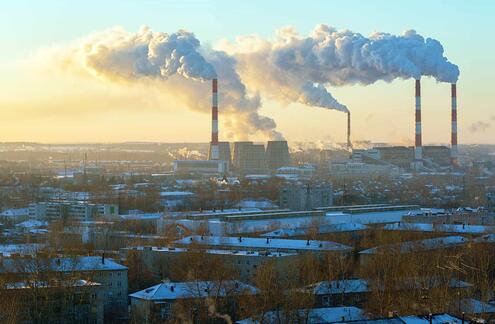
There’s only so much space and resources.
6. A Lot of People Are Trying to Save Biodiversity
Laws like the Endangered Species Act in the U.S. protect animals and plants that are in danger of becoming extinct .
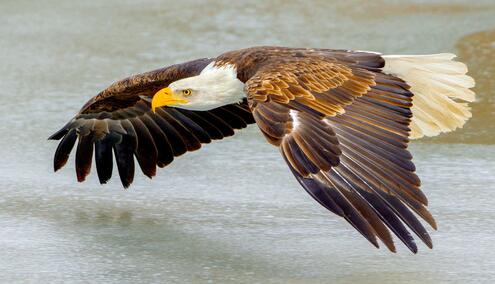
The bald eagle was saved from extinction.
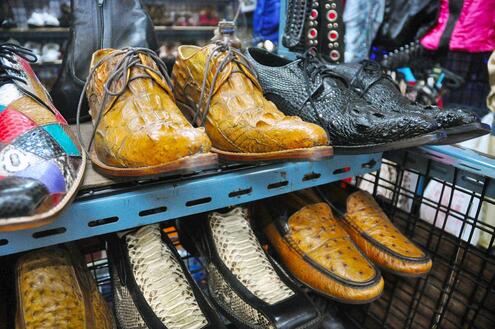
It’s illegal to buy or sell endangered species or anything made from them.
Ecosystems are interconnected, so any change in an ecosystem can cause a chain of reactions. But biodiversity can help! An ecosystem with a lot of biodiversity is more resistant to a disturbance, such as a disease or a dramatic event like a fire or an earthquake. If a population of organisms has enough variety, a few individuals might have the right genes to fight a disease. If there are enough different kinds of species present, a few might have the right characteristics to survive in a colder, hotter, wetter, or drier environment. Therefore, scientists and other people work together to restore ecosystems where biodiversity has been lost.
7. What’s a Kid to Do?
Get involved! You can do a lot to help conserve biodiversity.
Learn everything you can about animals and plants in your neighborhood, and share what you learn with others.
Shop at a local farmers market. And bring your own reusable bag instead of taking a disposable plastic one.
Reduce, reuse, recycle ! Think before you use extra lights. Organize a clothes swap with a bunch of friends. Consider what you buy; be an environment-friendly shopper! Make sure you and your family recycle everything you can.
Join a project to plant trees or a butterfly garden, clean local rivers, or clear litter from a local park.
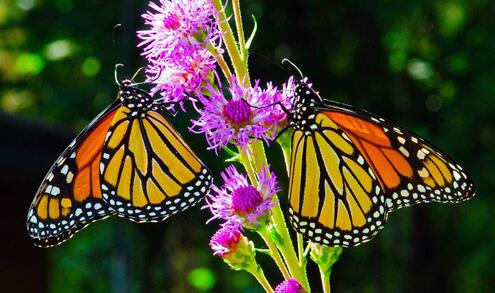
Plant a butterfly garden.




 Biodiversity
Biodiversity
 Brain
Brain
 Genetics
Genetics
 Marine BiOLogy
Marine BiOLogy
 MicrobiOLogy
MicrobiOLogy
 PaleontOLogy
PaleontOLogy
 ZoOLogy
ZoOLogy
 AnthropOLogy
AnthropOLogy
 ArchaeOLogy
ArchaeOLogy
 Astronomy
Astronomy
 Climate Change
Climate Change
 Earth
Earth
 Physics
Physics
 Water
Water

